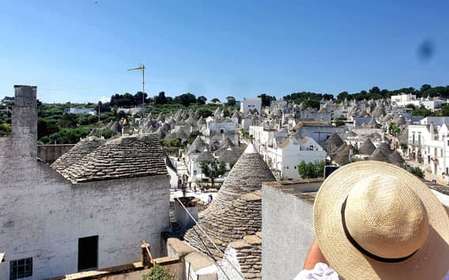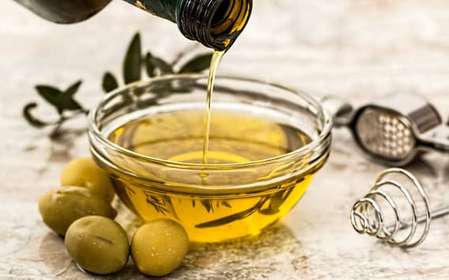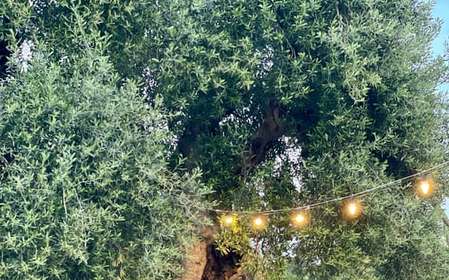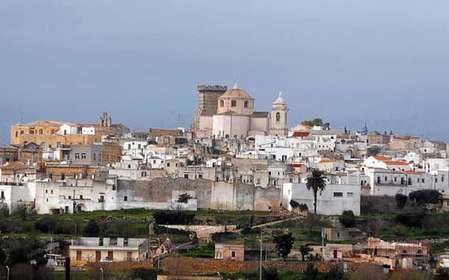- Home
- Useful Tips
- Culinary classes with wine...
Finding authentic culinary experiences in Brindisi can feel overwhelming when bombarded with tourist traps. Over 60% of visitors leave Italy without tasting truly local dishes, according to regional tourism boards, settling for generic menus instead of Puglia’s legendary orecchiette pasta or primitivo wines. This isn’t just missing a meal—it’s forfeiting the soul of Salento culture, where recipes pass through generations and vineyards stretch to the Adriatic. The frustration compounds when classes rush through demonstrations or prioritize Instagram backdrops over hands-on learning. You deserve to knead dough alongside nonnas, understand why Brindisi’s olive oil is gold-standard, and sip wines that never export—all without deciphering Italian-language brochures or overpaying for watered-down experiences.
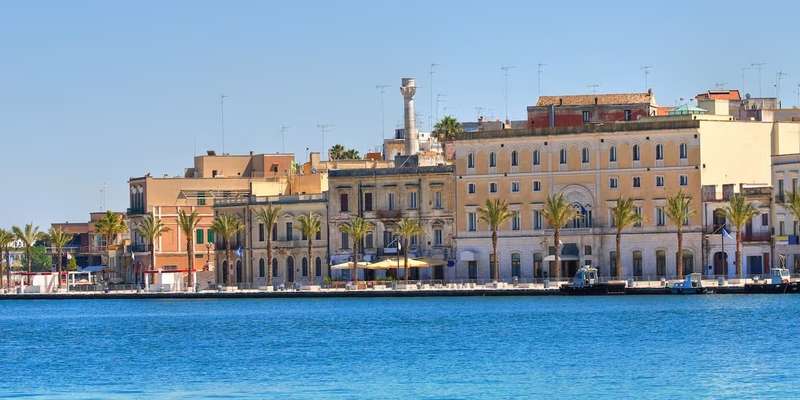

How to spot authentic Brindisi cooking classes (vs. tourist traps)
Genuine Puglian culinary experiences reveal themselves through subtle details. Locally-run classes typically meet in residential neighborhoods rather than central piazzas, often in converted masserie (farmhouses) with herb gardens. Watch for instructors who emphasize seasonal ingredients—August courses should feature zucchini flowers and figs, not out-of-season truffles. Authentic sessions dedicate at least 30 minutes to olive oil tasting, a cornerstone of Brindisi cuisine, and use wines from DOC-certified Salento vineyards rather than generic labels. Be wary of schools offering ‘quick’ two-hour courses; traditional pasta-making alone requires proper dough resting time. True artisans will have you working directly with durum wheat semolina, not pre-mixed flour, and explain why Brindisi’s coastal breezes create unique flavors in local produce.
Pairing Brindisi wines with regional dishes: A beginner’s guide
The secret to Puglian wine pairings lies in balancing the region’s robust flavors. Start with Negramaro, a full-bodied red with dark fruit notes that stands up to slow-cooked lamb pezzente. For seafood dishes like tiella brindisina (layered mussels and potatoes), opt for a crisp Verdeca white—its mineral finish cuts through the brine. Cooking classes worth their salt will demonstrate why Primitivo, though bold, pairs unexpectedly well with cherry-filled pasticciotti pastries due to shared jammy notes. Always taste wines at room temperature first, then slightly chilled to see how the flavors evolve—a technique local enotecas use but few tours explain. Remember, Puglia’s ‘vino da tavola’ (table wine) often outperforms expensive bottles; your instructor should proudly serve house blends from nearby vineyards.
When to book Brindisi culinary experiences for ideal conditions
Timing transforms a good cooking class into a magical one. Avoid July and August unless you enjoy chopping vegetables in 35°C heat—early June or September offer cooler kitchens and peak produce. Morning sessions (9-11 AM) let you shop with chefs at Brindisi’s mercato coperto when fish arrives fresh from the harbor. Harvest seasons dictate specialty classes: October for olive oil pressing, late May for fava bean purees. Surprisingly, winter reveals Puglia’s heartiest dishes; December courses teach handmade strascinati pasta with bitter greens. Weekdays see smaller groups, while Saturdays often include bonus nonna guests sharing oral recipes. For wine-focused days, schedule after 4 PM when coastal light bathes vineyards gold—the ideal backdrop for your final tasting.
DIY alternatives: Recreating Brindisi flavors at home
Can’t make it to Puglia? Source authentic ingredients online from Brindisi’s historic shops like Enoteca Perrucci for DOC wines or Oleificio Sociale for olive oil. Practice the ‘orecchiette pinch’ using 00 flour mixed with semola rimacinata (look for the yellow-blue Antimo Caputo bag). YouTube channels such as ‘Puglia Cucina’ demonstrate the wrist-flick technique locals use to shape pasta. For wine pairings, seek US importers specializing in Salento producers—Bacco Wine Club curates excellent primitivos. Recreate a tasting flight by comparing Brindisi’s Susumaniello grape against Californian zinfandel (its genetic cousin). When recipes call for ‘wild greens,’ substitute dandelion greens or broccoli rabe. True Brindisi cooks swear by ceramic dishes for even baking; Emile Henry’s Puglia-inspired line mimics traditional terra cotta. Remember—the best meals, like travel memories, need patience and passion.
